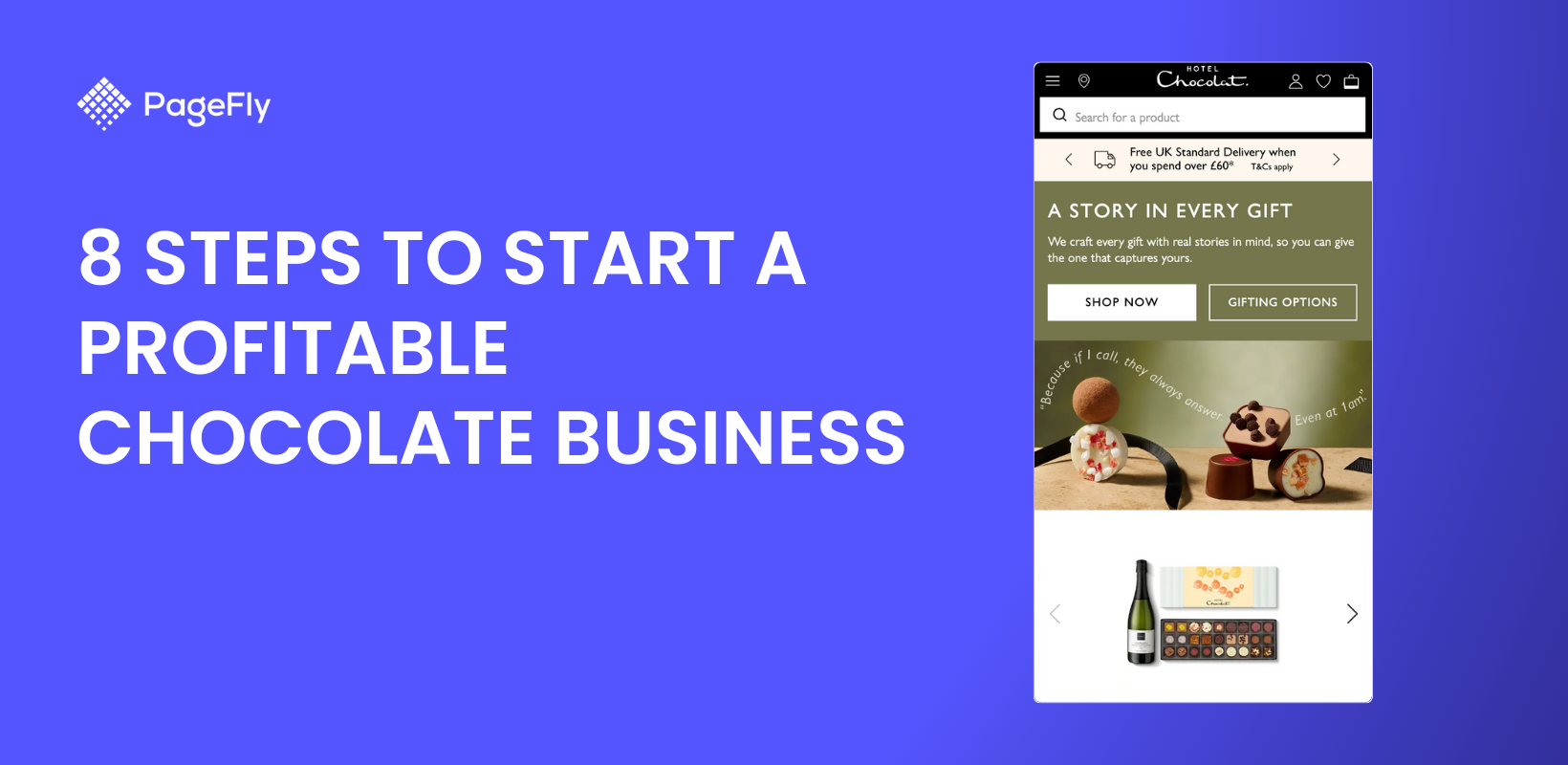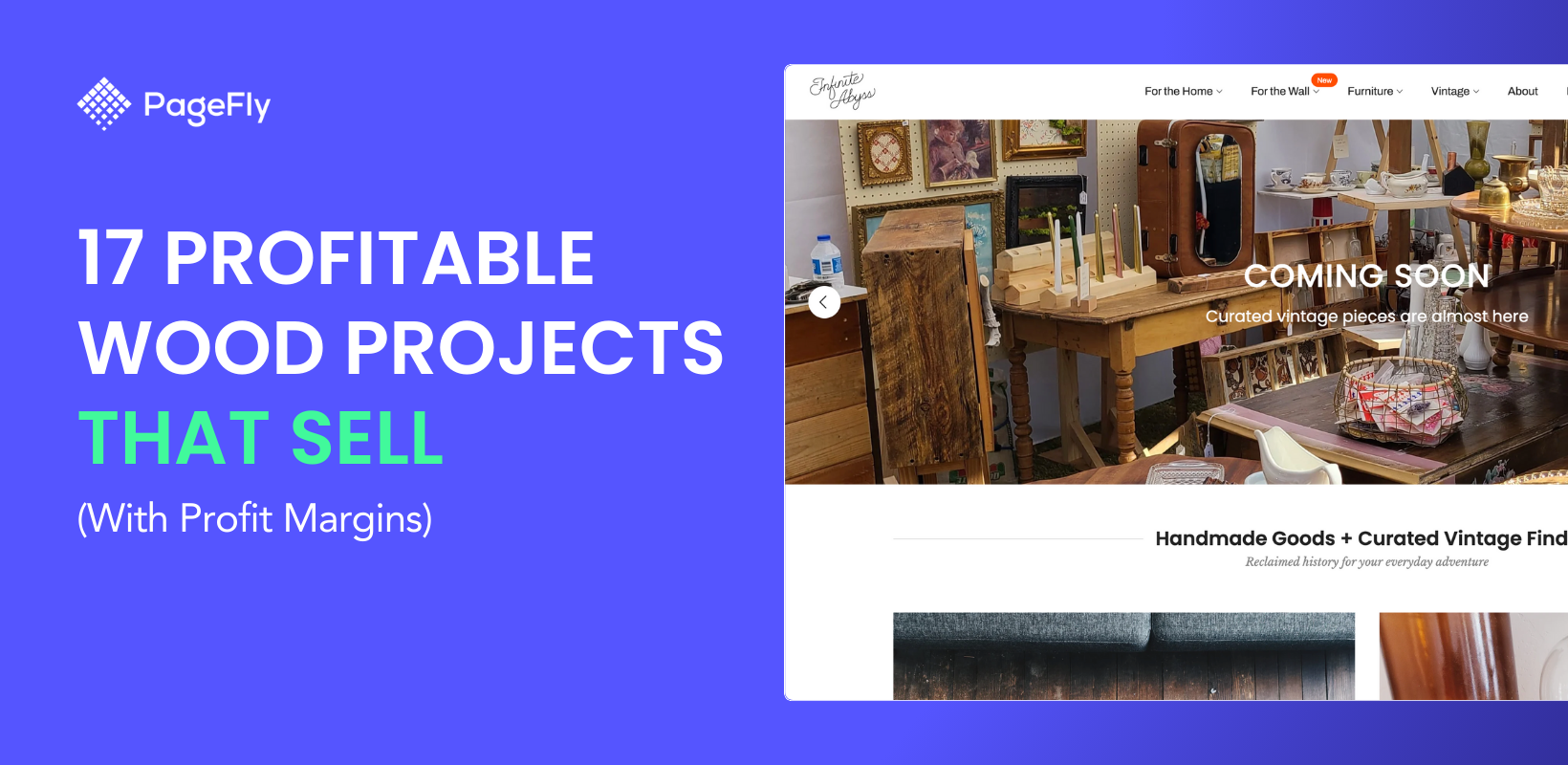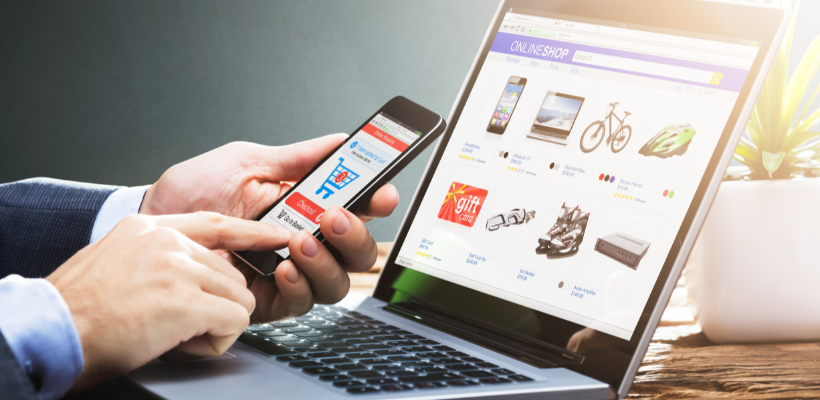Looking for answers on how to start a clothing line with no experience? We got you!
In this article, we have formulated the ultimate 8-step plan to help you launch your own clothing business even if you have zero experience.
You don’t have to be an experienced fashion designer to build a successful fashion brand. All you need is careful planning and a wealth of knowledge in the clothing industry – top that with consistency, and you’ll be closer to becoming a sought-after brand in the fashion business.
So… Let’s get started.
Outline
- What is a clothing line?
- Types of Clothing Lines
- The 8-Step Plan: Launching A Clothing Line With No Experience
- Additional Tips
- Overthinker Apparel: Finally Succeeding After Failures
- Bottom Line
What Is A Clothing Line?
A clothing line is a collection of garments and accessories designed and produced by a particular brand or designer to cater to their chosen niche. It typically follows a general creative vision on styling and branding that they implement on their products.
That is why different fashion brands have different themes, aesthetic, and design concepts so they can differentiate their brand from the rest of the crowd and to offer a unique selling proposition to their target customers.
A Leading Category For Ecommerce

The fashion industry is the leading shopping category in the world of ecommerce. By the end of 2023, the industry is projected to generate a whopping $990 billion in online sales - even surpassing popular niches like electronics, hobbies, beauty, and food.
Types Of Clothing Lines
“Clothing line” is an umbrella term for different types of garments for different types of niches.
If you are still thinking of a specific niche in the clothing industry…
Here are some examples of clothing lines that you can choose from – and underneath each type, we have provided real Shopify clothing line businesses so you can checkout their products.
01. Casual: Beaufort & Blake
https://www.beaufortandblake.com/

Comfortable and easy-going types of clothes that can be worn in most occasions especially in laid back environments.
02. Street: Filthy Casual
https://www.filthycasual.com/

Streetwear clothing brands often establish strong and loyal cult following because of their tight connection with urban culture – typically target crowds from the graffiti, hip-hop, or skateboarding scene.
03. Sports: Gymshark
https://row.shop.gymshark.com/

Sportswear brands cater to sports and fitness enthusiasts who need functional and comfortable pieces of clothing that they can wear in their active lifestyle.
04. Formal: Velasca Milano
https://www.velasca.com/

Formal clothing lines specialize in elegant and sophisticated attire for special events that call for a dapper and classic look – such as weddings, galas, black-tie, and business conferences.
05. Children’s: Tealbee
https://www.tealbee.com/

Clothing lines for children include overall clothing items for infants, toddlers, and kids. These clothes often feature cute and playful designs, soft fabrics, and loose fits to keep children comfortable while wearing them.
06. Plus Size: Good American
https://www.goodamerican.com/

Plus size clothes lines cater to individuals – both men and women – with larger body sizes. Just like normal sized clothes, plus-size clothing brands offer stylish and well-fitting garments that embrace body diversity.
07. Maternity: Ella Bella
https://ellabella.ca/

Maternity wear clothing lines offer comfortable garments for pregnant women so they can stay fashionable and comfortable.
08. Sustainable: Mini Mioche
https://www.minimioche.com/

Sustainability-focused clothing lines are companies that source their raw materials from sustainable or recycled materials and process them in an eco-friendly way in order to minimize their carbon footprint.
Read more: Top 8 Best Shopify Themes for Clothing Stores (2024)
09. Luxury: Aje
https://ajeworld.com/

High-end clothing lines focus on topnotch craftsmanship, premium raw materials, and exclusive or limited designs. They are mainly targeted to affluent customers who can afford their steep price tags.
10. Specialized: Strange Ways
https://www.strange-ways.com/

Specialized clothing lines are those that cater to a specific niche such as punk, goth, cosplay, etc.
11. Pets: Camp Cloon
https://campcloon.com/

Yes, there are clothing lines for pets. Most of the time, pet clothing brands are specific for our furry friends like cats and dogs.
The 8-Step Plan: Launching A Clothing Line With No Experience
Have you chosen a niche from this list for your fashion business? Let us now move on to how you can start building your clothing business.
The most important thing when you start a clothing line is to spend as much time as you can in preparation before investing money in the business.
Follow this 8-step plan to keep you on the right track.
Download our 8-step clothing line checklist here.

01. Understand The Clothing Industry

Before starting your clothing line business, you should familiarize yourself with how the clothing industry works as a whole – the major suppliers in your niche and the successful brands.
Moreover, having an idea about the possible challenges before, during, and after launching the business will help you prepare – emotionally and financially – to tackle each problem with a solution.
“The clothing industry is saturated” is a common misconception.
While it is true that there are thousands of clothing-related businesses in Shopify, it does not necessarily mean that there is no longer a space for new players. This only means that competition is high and only those who have a solid plan succeed.

The clothing industry is progressively growing. By the end of 2023, the global revenues of the apparel market is projected to reach $1.74 trillion – an all time high and it will continue to climb all the way to $1.94 trillion by the end of 2027.
This chart speaks volumes about the projected positive growth in the fashion industry. Therefore, it is safe to say that it is not too late to introduce a new clothing brand in the market.
02. Differentiate Your Clothing Company

Before launching your own clothing line, it is important to have a unique selling proposition (USP) - the one that makes you unique.
Is it high-fashion at a low price, a hybrid of formal and streetwear, sustainable sportswear? Knowing your uniqueness will help you identify your target retail price and ideal customers.
03. Think Of A Business Name

Your business name is because this will be the face of your brand. Therefore, it is important to pick a business name that is representative of your brand identity.
If you hit a slump in generating your brand name, head on to Shop Name Ideas by PageFly or you can also use Shopify Business Name Generator to get those creative juices flowing.
04. Write A Business Plan

A business plan for your own clothing line will serve as your roadmap before and after the launch. Without it, you’ll be treading your journey with both eyes closed – and any surprises, both big and small, might put you off course.
Your business plan should include the following:
Niche
Decide on a clothing niche. Nowadays, you’ll see large clothing brands branching out on other niches. While it is tempting to cover as many niches as possible, it may not be the wisest idea for a startup.
Competitor Research
It is important to know your competitors because they are great sources of strategies that you can emulate – especially the successful ones.
Target Customers
Check out your competitors’ social media and scroll through their list of followers. Most of the people you’ll see there are your target market. Read their posts and see those who engaged with them. Learning who your customers are and what they want to see online will help you formulate an effective marketing plan to capture their attention.
List Of Suppliers
You should maintain a list of suppliers with proven track records in the clothing line business to ensure the consistency of your supply.
Pricing
Pricing is the most competitive part of the retail industry because customers can easily find alternatives if they find your prices a bit on the high side. While the gross profit margin for retail clothing stores can be as high as 50%, when taking into account operational expenses and taxes, the net profit falls to 7%. Therefore, it is crucial to analyze the numbers when deciding your prices.
Cost of Establishing The Business
Before launching your own clothing brand, you should have an estimate on how much money is needed. Truth be told that starting a clothing line with $0 dollars is close to impossible. Therefore, you should calculate optimal product prices to save money. Using Shopify Profit Calculator is one way that help you do it with easy steps.
Marketing Plan
A marketing plan is a collection of strategies that you will be implementing before and after launching. A solid marketing plan will help you acquire the sales that you need especially during the early stages of your fashion brand and it will help your business to consistently generate revenues.
Financial Projection
A financial projection is a forecast of all your possible expenses prior and after launching the business. Some companies make financial projections for 6 months, 1 year, or more. This will help you see if you have the means to sustain the business until it’s profitable. When creating a financial projection, being realistic in terms of sales is important.
Business Model
Deciding on a business model means having a plan on how your clothing line will make money. Let’s talk about this in the next section.
05. Choose A Business Model
One important aspect of your business plan is to decide on a business model - how you acquire and sell your products and who you sell them to. It is like a bird’s eye view of the entire mechanism of your own fashion line.
There are four (4) possible models in the clothing line business:
Private Label Or White Label Manufacturing

In a private label clothing line, you will be working closely with clothing manufacturers in order to produce your designs that carry your own brand logo. You can either create your own design template and have them manufacture it, or you can choose from the product line of the clothing manufacturer and rebrand it as your own.
Contrado is a private label supplier that allows their customers to create custom designs and choose from a variety of different fabrics.
Pros:
- Higher profit margin compared to creating your own products
- Efficiency in production
Cons:
- May require a high capital to meet the MOQ of the clothing manufacturers
Wholesale

If you want to start a clothing line but don’t want to compete in the retail scene, wholesaling is for you. In this model, you purchase clothes in bulk from manufacturers or wholesalers and you can either sell them to other clothing retailers or wholesale customers online.
Brand Distribution is one great example of a wholesale clothing line. Instead of having their private label, they wholesale designer brands and ship worldwide to their customers.
Pros:
- Less competitive than retail
- High inventory turnover
- Better cash flow
Cons:
- High initial capital investment to meet MOQs to get a better pricing
- Risk of product obsolescence
- Risk of additional storage and administrative costs if products are not sold on time
Designing & Making Your Own Clothing

Designing and making your own clothing refers to creating clothing items in-house using your own design concept. This business model is mostly used by designers of bespoke and tailored clothes that are specific to a customer’s measurements.
Aje is an Australian fashion brand renowned for their handcrafted clothes with simple and luxurious styling.
Pros:
- High profit margin
- Opportunity to create a distinct brand
- Opportunity to establish a more intimate and loyal customer base
Cons:
- Must be an experienced fashion designer
- Low inventory turnover
- Spend a lot of time on each product
Print-On-Demand

A print-on-demand clothing (POD) is the answer if you want to start a clothing business with very low capital. Primarily, you don’t have to invest in machineries and manpower because your POD supplier has all that. All you need is a reliable POD platform and various designs – and every order that you receive is forwarded to them. In turn, they will handle the printing and order fulfillment.
An example of a POD service provider is Prohibition Printing.
Pros:
- Low initial capital investment
- Less workload for you
- Easy to pivot if strategies don’t work
Cons:
- Product quality could be a hit or miss if your POD encounters irregularities
- Less flexibility on product designs
- Your business is heavily dependent on the POD provider’s capabilities
06. Confirm The Product Quality

After finding a supplier and finalizing your business model, it is paramount to confirm the individual quality of your clothing items. Especially if you are ordering wholesale or using a print-on-demand business model.
Order some samples to see if the texture and the production quality of your clothes are on par with your expectations. If your suppliers don’t meet your standards, find a new one.
By doing this, you avoid the risk of having unsatisfied customers and negative shop reviews.
07. Decide On A Sales Channel
Deciding on a sales channel means knowing where to sell your products.
Here are three (3) sales channels that could be well suited for a startup clothing line:
Retail Store

Having a physical store for your own clothing line is an instant boost for brand awareness. Plus, you get the chance to talk in person with your customers and establish brand loyalty at an early stage
Pros:
- Highly targeted on your selected location
- Establish brand awareness
- Opportunity to provide great customer experience
Cons:
- Establishing a physical store requires a high initial capital investment
- Sales are limited to the foot traffic in your selected area
- Little room for marketing flexibility
Shopify Store

Launching an online clothing store is a great way to cover a wide customer base - perhaps at a global scale if your brand reaches popularity.
Read: 5 Steps to Starting an Online Boutique on Shopify (+ Examples)
Pros:
- Cover a wider location
- Start from your home – no need to rent out a physical space
- Lower startup cost – you can use your money on purchasing inventory or marketing
Cons:
- Your sales are highly dependent on your marketing effort
- Gaining customer trust may be a real challenge
- Ecommerce knowledge is needed
Physical + Online Store

If your budget and capabilities allow, why not get the best of both worlds? This way you can cover as much customer base as you can – both local and international.
Pros:
- Cater local and international customers
- Maximize sales
- A huge plus for establishing brand identity
Cons:
- Could be a lot of work for a startup
- High initial capital investment
- Requires hiring staffs for leverage
08. Launch Your product

Now that you have your suppliers, confirmed your product quality, and decided on your sales channel, it’s time to get to serious business.
Launching your product is like twisting the key of a car to get your own clothing line company up and running. After months of hard work on planning, you can now put everything to test and see if your designs work.
It could be a bumpy road at the beginning. But remember, popular clothing brands were once just ideas on a sheet of paper – just like yours.
Additional Tips
Before you put the pedal to the metal, here are a few more tips to help you become a popular fashion brand:
01. Be Aggressive In Marketing During Your Grand Launch

Don’t skimp on marketing, especially during launch. Prepare your target audience to anticipate your launch date. Build up excitement prior to that.
To help spread the word faster, partner with influencers to tap into their followers...
02. Learn Social Media Algorithms

Using the power of social media to spread the word about your own clothing line will help you acquire sales. Nowadays, social algorithms give everyone a chance to become viral regardless of the number of followers.
03. Trademark Your Brand

If you plan to grow your business, you should protect your intellectual assets early on to prevent copycats from infringing your best-selling designs. You can do this by trademarking your brand.
Overthinker Apparel: Finally Succeeding After Failures

Here’s the inspiring story of Overthinker Apparel – on how the owner weathered the storms brought upon by her past failures. A story of perseverance and patience imbued with passion and determination to succeed.
Watch this video and take note of her journey in establishing her clothing apparel as a one-woman team.
Bottom Line
Exhausting this 8-step plan and successfully launching your own clothing line is just half the story. You will learn a lot more as days go by and it is important that you learn from the positive and negative events that you encounter.
Learning from Overthinker Apparel, it takes time for the business to take off. It requires consistency and innovation until you get the right design and strategy that will propel your business.
Keep an open mind and learn as much as you can in every aspect of your clothing business so that when you’re ready to expand, you are armed with knowledge that will help you go further.





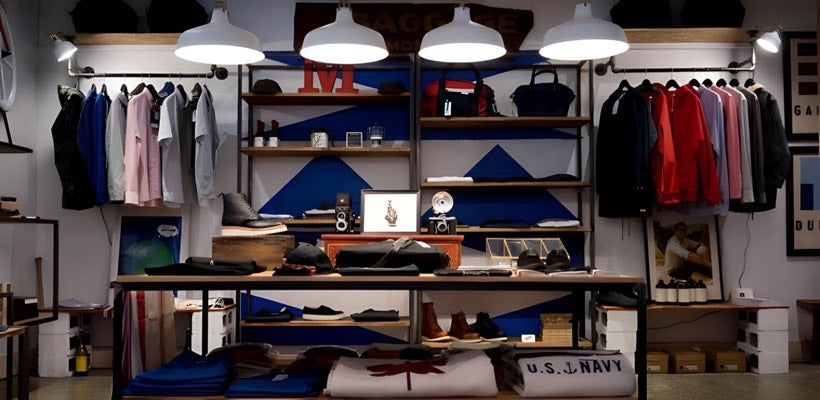

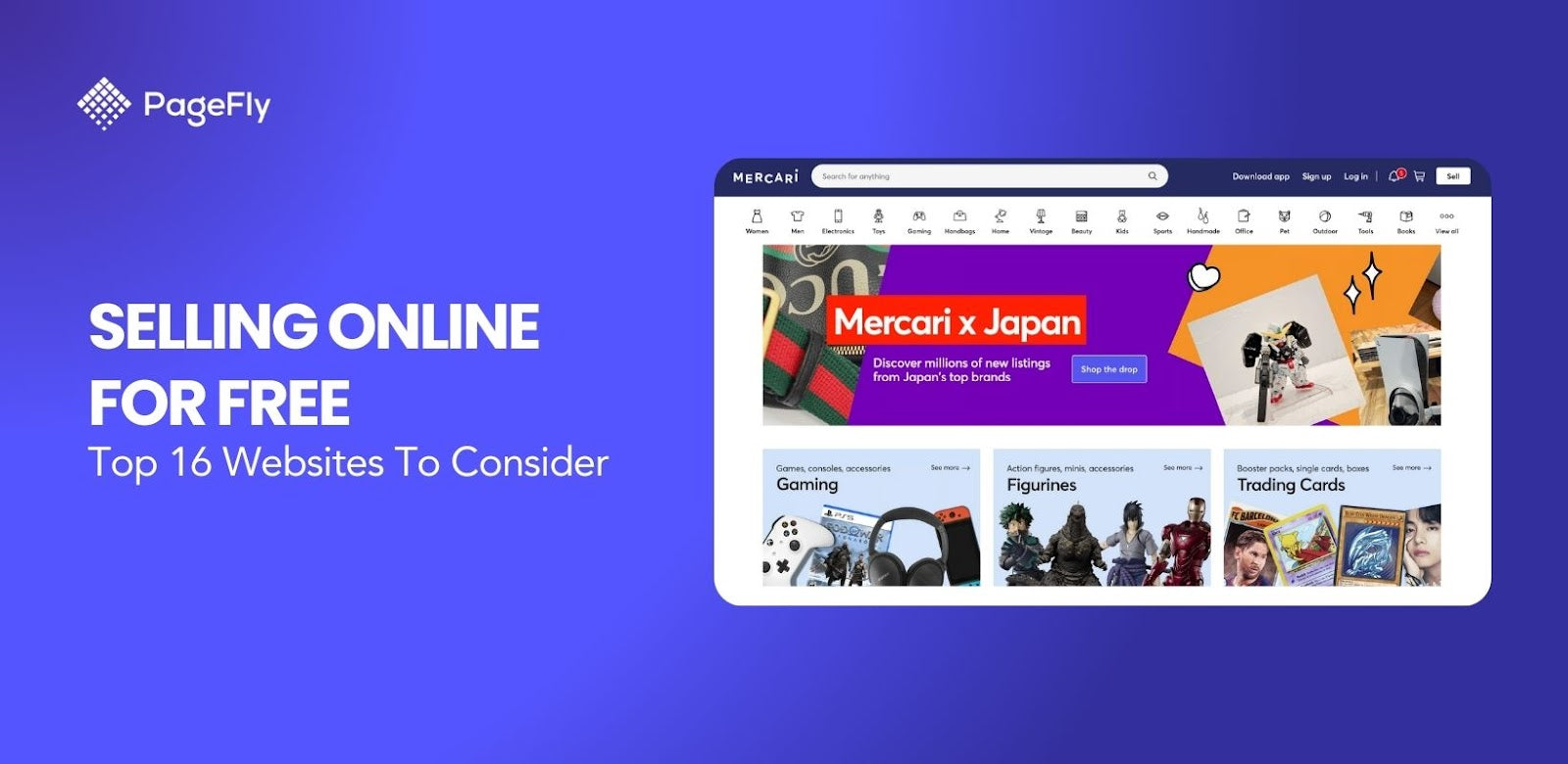
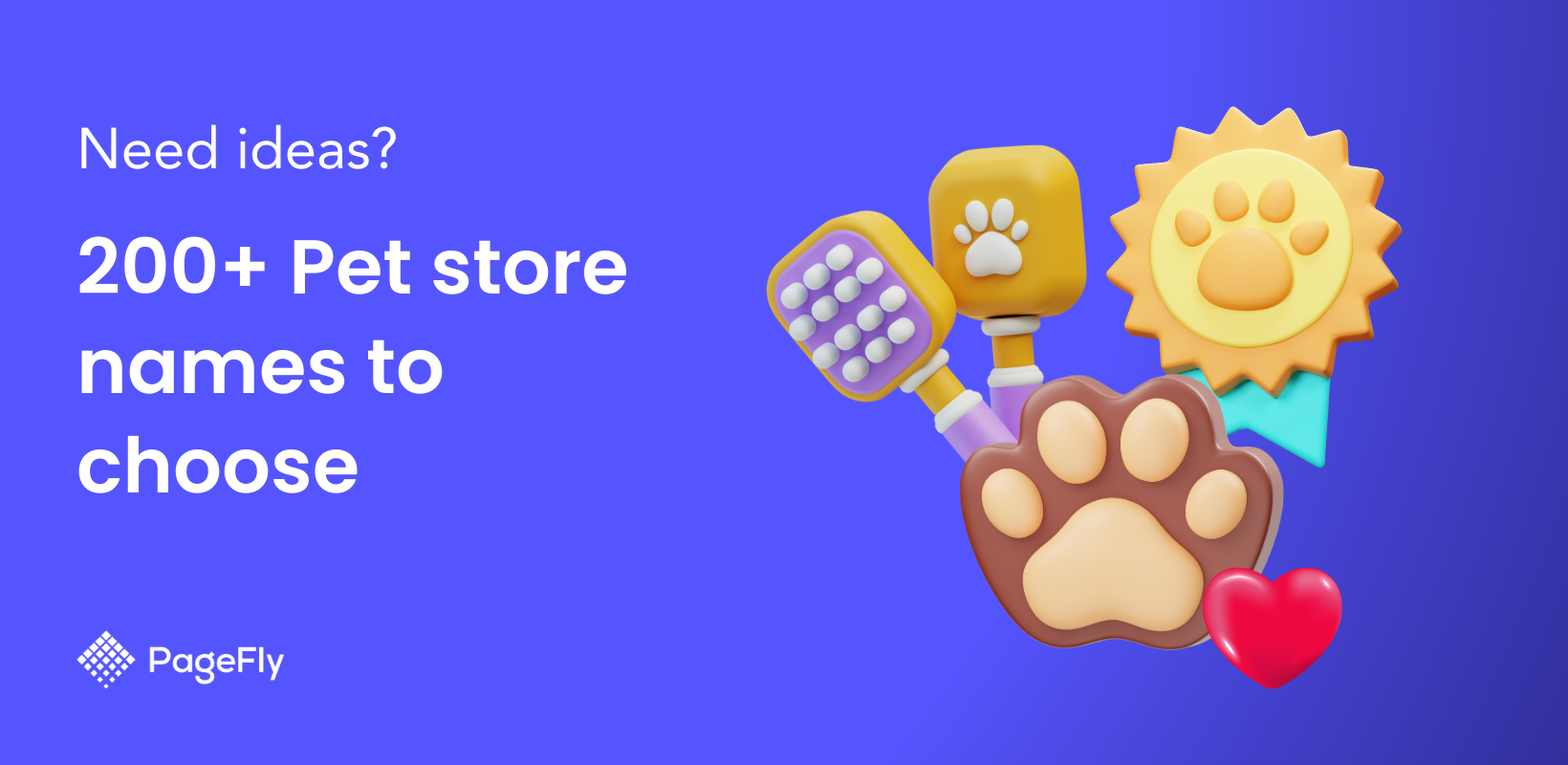
![14 Profitable Small Food Business Ideas for 2025 [Real Numbers]](http://pagefly.io/cdn/shop/articles/1_58b587d2-13db-4aa6-8c19-e40f5c88d3eb.jpg?v=1758255771&width=4460)
![Art Business Names: 350+ Ideas + Free Generator [2025 Updated]](http://pagefly.io/cdn/shop/articles/art_business_name_e94a54e9-d325-4ba3-94ab-7b4297952312.png?v=1760062968&width=1640)

